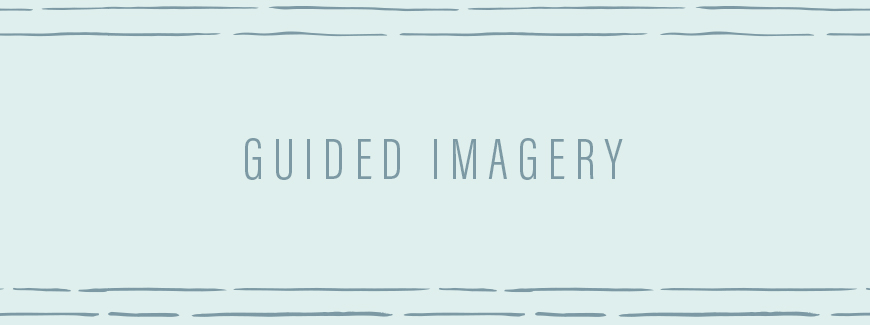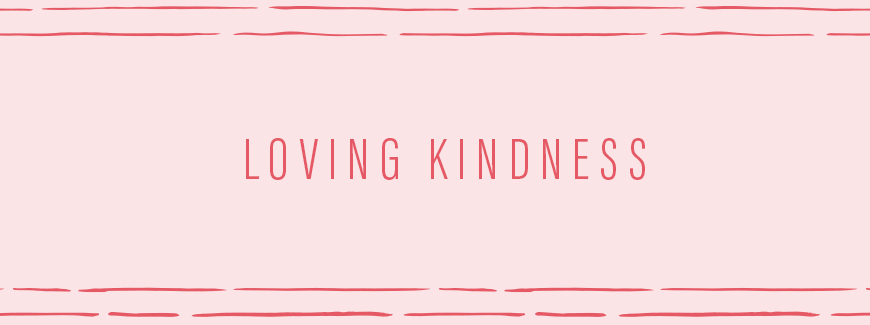This Is the Best Style of Meditation for You, Based on Your Wellness Needs
The truth is, meditation isn't a one-size-fits-all thing, and it does take some trial and error to figure out which style is best suited to your personality and wellness needs. But the end result is well worth the journey, says Kevin Townley, a meditation instructor at New York City’s MNDFL.
“In meditation, we’re aligning with a sky-like mind and our emotional experience is the weather,” he says. (Think about it—we check our weather app every morning because we know today will be different than yesterday.) Townley goes on to say that meditation can show us just how impermanent our feelings are, giving way for relief—and that if you bring attention to the present moment as a gesture of self-care, you may find yourself more alert and genuinely connecting with the people around you.
Sounds pretty great, right? To help you find the quickest route to this kind of bliss, Townley shared a few forms of meditation that can help you manage some not-so-blissful states—anxiety, sadness, pain, insomnia, and even a broken heart. (Yes, even if you're one of those people who thought meditation just doesn't work for you.)

{{post.sponsorText}}
Scroll down for your meditation Rx, courtesy of this MNDFL pro.

Best for anxiety and pain: Mindfulness
If you’re anything like me, you’ve had everything from a little anxiousness before a presentation to a full-blown panic attack on the subway when you least expect it. So what’s the key to feeling like yourself again? “Awareness, awareness, awareness,” says Townley—and that's most easily achieved through mindfulness meditation.
Mindfulness can also be helpful when it comes to dealing with pain. (Ever been nervous at the doctor's and asked a nurse to distract you while she gave you a shot?) “What we’re doing is bringing our body and mind into alignment by placing our attention on the breath,” Townley says. “In a way, even though it hurts, there is a sense of relaxing into the physical discomfort. And that, in its own way, is relief."
“There’s no hack—you just sit down and slow down.”
You can practice mindfulness anywhere: On your commute to work, in a café, on a noisy plane ride. “There’s no hack—you just sit down and slow down,” says Townley. I know, easier said than done when you’re feeling anxious or have a raging headache, right? Townley suggests using those frustrating physical sensations as the focus of your meditation. And if your mind wanders off to avocado toast or you’re planning your weekend festivities, don’t worry—that’s totally normal. When a thought comes up (which it naturally will), resist the urge to reject it, accept it or ignore it. Simply acknowledge that you are thinking, let it go, and gently return to your breath.
In the long run, Townley promises a major payoff from sitting with our pain and anxiety—and it can even make us more likely to help our loved ones when they're feeling those same emotions. “When we stop going to war with our experience, we allow it to soften our hearts," he says.
Try it yourself: Return to feelings of well-being with this seven-minute mindful breath meditation taught by Adreanna Limbach, Tibetan Buddhist teacher at MNDFL. You’ll love her soothing voice and kind, genuine manner. Or do this short and simple mindfulness of breath practice to drop into your body exactly as it is right now.
Best for the blues: Guided imagery
I know if I’m not able to break up the winter months with a beach vacation, I feel blue. But low vibes can creep in throughout the year in more subtle ways—an insecure thought spirals me into a night of self-doubt, or distance from my core squad leaves me feeling lonely. The usual plan might be to wait it out, but contemplation meditation—aka guided imagery—can help nip sadness in the bud.
“Guided imagery practices use visualization as a way of cultivating some quality of mind that is already there.” Townley says. For instance, my favorite meditation involves picturing a bright light shining into my heart. By Townley's definition, it isn’t imaginary at all. “The image of the light,” he says, “is a quality of expansiveness, brilliance, and wisdom, which you already have.” (I knew I liked him.)
“Guided imagery practices use visualization as a way of cultivating some quality of mind that is already there.”
When I’ve tried contemplation meditation, I’ve pictured my dreams coming true: Best-selling book, cover of Vogue, you name it. You can picture anything your heart desires. There are no limits or bounds to what you can imagine for your life. I leave my contemplations feeling the remnants of those successes as if they are happening in the present moment. “Contemplation plants the seed of suggestion that these qualities could be brought forward in our life,” says Townley. Who doesn’t picture themselves chatting with Oprah and feel a little more hopeful after?
Try it yourself: Put your imagination to the test with a contemplation mediation by it-girl life coach Gabby Bernstein.
Best for relationship issues: Loving kindness
Maybe your relationship status is the furthest thing from your mind, but your bestie is driving you nuts, you got in a blowout fight with your sibling, or you just can’t handle your roommate for one more second. If I told you there was a meditation to reopen your heart to approach these magical, but difficult humans in your life, wouldn't you be first in line?
Well, there is. “Loving kindness practice gives us an opportunity to step outside of ourselves,” says Townley. “Traditionally, you think of different categories of people and offer them kindness.” This is the part where you insert that annoying roommate or ex—picture them in front of you and offer them the sentiment, May you be happy, says Townley.
“Traditionally, you think of different categories of people and offer them kindness.”
Don't forget to offer these words of kindness to yourself, too. It's not selfish—you're supposed to take a front seat in this meditation, since the more you love yourself, the more love you have to give to those around you.
Try it yourself: Check out this gentle and empathetic loving kindness practice courtesy of UNH Health and Wellness.
Best for insomnia: Yoga nidra
Do you often find yourself wide-awake at 2 a.m. with a big meeting in the morning? I’m sure you think you’ve tried everything, but before you reach for that melatonin pill, try yoga nidra. Don’t be scared away by the name—you actually practice laying down. (No chaturangas required, promise.)
First, Townley recommends setting aside 15–20 minutes to transition into a restful state. That means turn the Netflix off, take a bath or read a book, and then lie down for your yoga nidra. To do it, draw attention to different parts of your body and purposefully relax that body part before moving onto the next.
Don’t be scared away by the name—you actually practice laying down. (No chaturangas required, promise.)
Townley suggests starting with the soles of your feet and contemplating how much you’ve walked today. “Imagine these body parts expanding or dissolving into space, bringing the mind and body into alignment and relaxation.” By the time you’ve worked your way up to your temples and the crown of your head, your muscles will be free of tension and you'll be ready for restful slumber.
Try it yourself: Richard Miller, author of Yoga Nidra: A Meditative Practice for Deep Relaxation and Healing, shares a quick, calming yoga nidra session here. Good luck trying to make it to the end without snoozing.
Loading More Posts...


